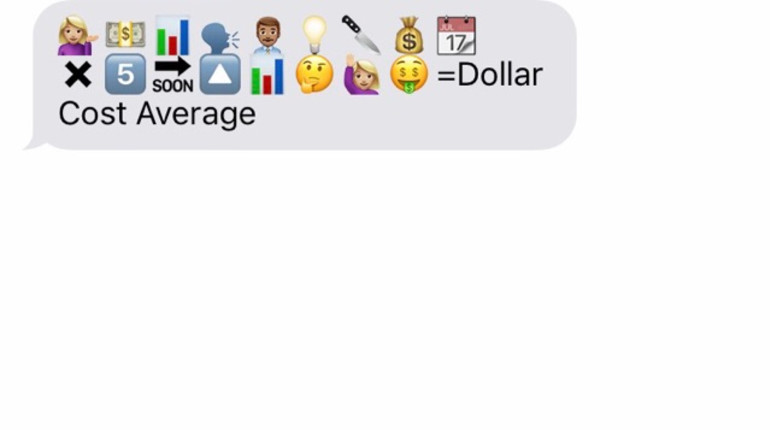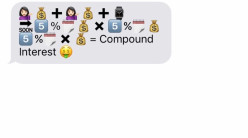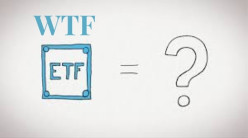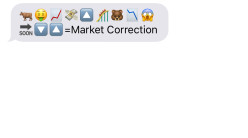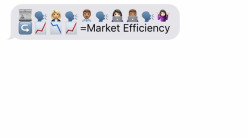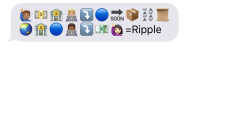1. You invest a large sum of money
2. And decided to buy one certain stock
3. You talk to your adviser who has an idea
4. To split the money up over 5 months
5. Getting an average price of the stock
6. Your adviser explains that soon you may have more shares than if you bought all the shares at once
7. You think about this…
8. You buy into what your adviser says
9. #Moneyface because I mean mo shares mo money right?
10. This all equals Dollar Cost Average
Let us break this down
You decide to invest a large sum of money into a certain stock, now before you invest you decide to talk to your adviser who shares a strategy with you. Your adviser tells you to split your money into equal amounts between 5 months; this will allow you as an investor to get an average price of the stock as it goes up and down in the market, often leading you to have more shares than if you invested all the money at once. You think about this, and decide to buy into the idea, instantly you get money in your eyes #moneyface. This all equals a well known financial strategy called Dollar Cost Average
Dollar Cost Average 101
• Investing a sum of money at similar increments to average out your overall price in the market
• The market is always up and down, by splitting this investment up, you end up getting an average price
• Often used with larger sums of money
• Mitigates risk
• Can be used with increments of weeks but often used with monthly increments
• Can be one stock, or a bunch of stock or even a fund
Example
You have $5,000 that you have allocated for buying stock A which is priced at $100 a share. Now without using DCA you would end up buying 50 shares and spend all $5,000 at one time. Now, lets say that you decide to use DCA and buy A throughout 5 weeks ($1000 a week). First week it is $100 and you buy 10 shares, now the next week it is $102 and you buy 9.8 shares, third week A takes a dive on weak earnings and it is now at $95 and you buy 10.52 shares, fourth week roles around and A drops a little more to $92 and you buy 10.86 shares, and finally on the 5th week there is an upswing and A goes up to $98 and you buy 10.2 shares. DCA leaves you with a total of roughly 52 shares at $98 and your value is $5,096 versus $4,900 basically you are up $96.00 instead of down --$100 just by spreading out your risk. Now this is shown on a very small level but the larger amounts the more of an impact DCA has.
As you can see, this is often a beneficial strategy and can help mitigate the risk of investing in the market. Sadly I am not Aladdin and have no magic Genie to grant me any stock wishes, but I can show you a whole new strategy; dollar cost average. Learn it and live by it. In a world where you have such little control in life, this strategy helps you control your risk.
